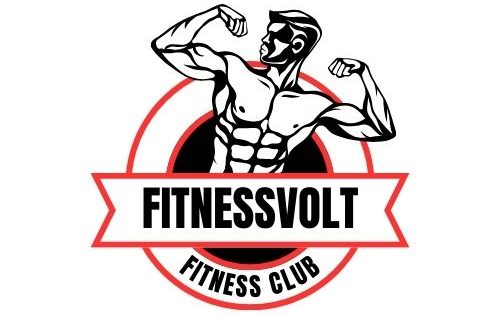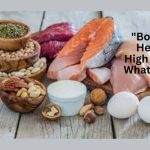Several conclude eating meat harms us and Mother Earth, hence they’ve chosen a plant-based diet — preferably in the number of years. Of these, the pescatarian diet in particular is both versatile and eco-friendly, bridging the best of both worlds by incorporating more plant-based eating while keeping fish and seafood as components.
Whether you have ever considered a pescatarian diet or just want to see how it would work for your lifestyle, this guide will take you through the basics, meal planning, and long-term benefits.
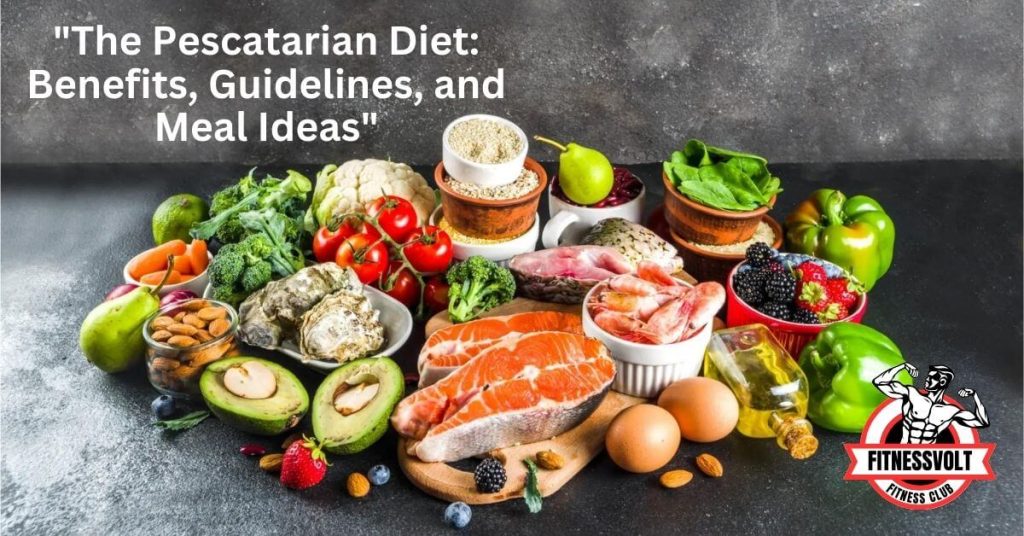
What is the Pescatarian Diet?
A pescatarian eating routine is a to a great extent plant-based eating routine that incorporates fish and fish but bars different meats like burgers, pork, and chicken. On the pescatarian diet, you will eat mostly plant-based foods fruits, vegetables nuts fish, and seafood, but no other meats including beef, pork, and poultry. It is all about the emphasis on whole, unprocessed foods…while like other diets it promotes fruit and vegetables, whole grains, legumes, some types of nuts but also seafood.
Given this, the pescatarian diet is an interesting hybrid of vegetarian and meat-eating approaches to eating flexible in a way that satisfies many potential benefits of plant-based eating.
Compared to other diets:
- Vegetarian Diet: Pescatarian and Vegetarian are both diets free of meat (including poultry), while pescatarians choose to add fish & seafood into their diet.
- Vegan Diet: for example is similar to a vegan diet — pelagic birds consume fish and seafood which are good sources of protein and genomic acids.
- Omnivore Diet: Omnivores are meat eaters, but when we break this into regular terms pescatarians consume animal protein only from fish.
Flexibility is one of the key factors in why many people are drawn to the pescatarian diet. You can customize meals to suit your nutritional requirements and food preferences, which means it is more likely you will be able to stick with the diet in the longer term
The Science Behind the Pescatarian Diet
The benefits of fish and seafood in general for human health have been documented in various articles, so the scientific content on a pescatarian diet is tremendous. A lot of fish varieties are high in Omega-3 fatty acids which is critical for your heart, and mind and helps to lower inflammation. Seafood also represents a good source of protein, B12 vitamins, and essential minerals (iodine and selenium).
Nutritional Benefits of Fish and Seafood:
- Omega-3 Fats — these healthy fats, abundant in fatty fish like salmon, mackerel, and sardines reduce the risk of heart disease, lower blood pressure and improve brain function.
- Complete Protein: Fish and seafood are the essential sources of complete protein as it has all 9 amino acids that are required by your body for muscle repair, immune function, overall health, etc.
- Vitamins and Minerals: Seafood is a powerhouse when it comes to vitamins such as B12 (critical for nerve function) and D (required to maintain bone health), in addition to minerals such as zinc and iron.
The plant-based part of the pescatarian diet also offers fiber, antioxidants, and other key nutrients essential for overall health and disease prevention.
Benefits of the Pescatarian Diet
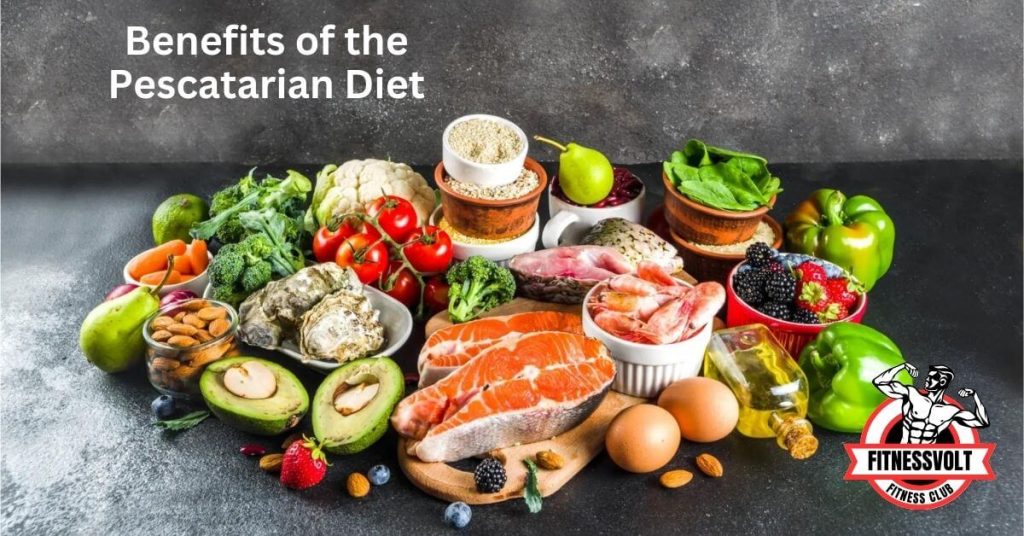
Choosing a pescatarian diet can lead to several health benefits:
1. Cardiorespiratory Health and Omega-3 Fatty Acids: The omega-3s in fish have also been shown to reduce the risk of heart disease by lowering blood pressure, reducing triglycerides, and decreasing the likelihood of arrhythmias.
2. Quality of Weight Control and Metabolism: The pescatarian diet is really nutrient-dense with low-caloric, which makes it easier to control weight. Even the protein in seafood aids in speeding up metabolism and preserving muscle mass.
3. Decreased Risk of Chronic Diseases: If you eat fish consistently as a part of a healthy eating regimen along with full-bound an organic product and veggies, you may additionally get pleasure from a decreased danger of many chronic diseases.
4. Environmental and ethical concerns: For obvious reasons, pescatarianism is in most cases a much more eco-friendly way to consume protein compared to eating large amounts of red meat. Opting for environmentally friendly seafood products helps lower your contributions to overfishing and improve ethical catch methods.
Potential Challenges and Considerations
While a pescatarian diet is advantageous in many ways, there are undoubtedly obstacles to adopting this type of eating plan.
1. Environmental Risks: Some types of fish, like sharks, swordfish and king mackerel are more likely to contain a lot of mercury, which can be dangerous for certain groups (like pregnant women and children). Make sure to select low-mercury options including salmon, sardines, and tilapia.
2. Availability & Affordability of Seafood: Fresh seafood is costly and not always available in all regions. Frozen or canned meats are more budget-friendly yet offer the well-being benefits of fresh meat
3. Differential Nutrient Intake: Seafood has sophisticated protein, soul heart-healthy omega 3s still his ego initiated transcending increased depth of restrained iron, B12, and zinc (typical to red meat) may comprise consumed adequately You might need to add vitamin B12 to your diet, possibly in fortified foods.
4. Social and Cultural Negatives: For example ordering Pescatarian in a gathering where meat is an absolute must-have. Knowing what you can and cannot eat or having an idea of pescatarian-friendly offerings can help.
What to Eat on the Pescatarian Diet
The pescatarian diet is flexible and has an extensive range of food that you can eat such as:
Approved Foods List:
- Fish and Seafood — salmon, tuna, shrimp, mackerel, cod, sardines, tilapia, clams and crab
- Seeds and grains- these are the leading sources for plant-based proteins, among which sesame seeds are the ideal topping you´d like on any dish.
- Fruits and Vegetables: A color determination of fruits and vegetables maintains an asinine principle of your diet.
- Whole grains & Nuts: Brown rice, Quinoa, Oats, Whole wheat pasta Almonds Walnuts Chia seeds Contain fiber, healthy fats, and protein.
Foods to Avoid:
- Red Meat and Fowl: Beef, pork, and chicken land meat are off the table for pescatarians.
- However, processed snacks and sugary beverages (including foods with added sweeteners or any food containing high fructose corn syrup) are best kept to a minimum to see health improvements from the diet.
- Some High-Mercury Fish: These include fish such as sharks, swordfish, and king mackerel which you should avoid because they can increase the risk of mercury exposure.
Pescatarian Diet for Different Health Goals
The pescatarian diet can be tailored to various health objectives:
1. If you are a pescatarian, including fatty fish rich in Omega-3s such as salmon or mackerel will benefit heart health, and fruits, vegetables, and whole grains provide meals that support your cardiovascular system.
2. Include the diet in the Pescatarian Diet for Weight Loss- Add greens, berries, and legumes with low-calorie, high-fiber foods. Opt for lower-fat fish and seafood, and avoid fried or rich, creamy sauces.
3. Pescatarian. Diet for Muscle Gain: Opt for protein-rich seafood, like tuna and shrimp; together with plant-based proteins such as tofu and legumes. Whole grains, and healthy fats/support muscle recovery and growth
Sustainability and Ethical Considerations
A key advantage of the pescatarian diet is its alignment with sustainability:
1. Opt for sustainable seafood: Certified options by the likes of the Marine Stewardship Council (MSC) will indicate they are responsibly caught.
2. Effects of Overfishing & How to Prevent it: Overfishing is a serious issue affecting the environment. Choose options that are plentiful and caught using eco-friendly methods, like farmed mussels, wild-caught Alaskan salmon, and U.S.-farmed tilapia.
3. Support fisheries that prioritize things like fair labor and environmentally responsible harvesting when sourcing fish and seafood.
4. Try to balance environmental concerns with nutritional needs: seafood is nutritious, but it’s good to eat other food as well that doesn’t impact the environment
Meal Planning and Preparation
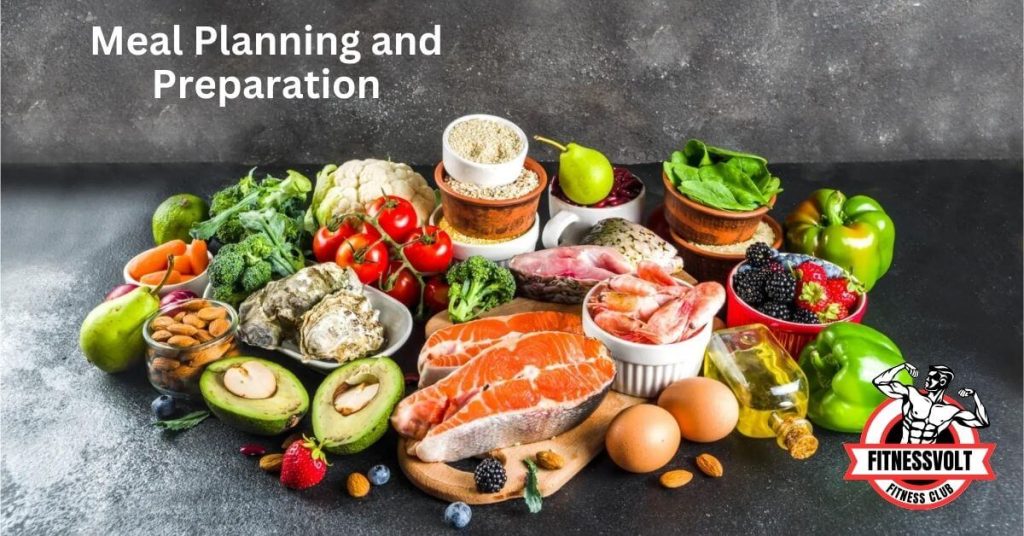
Planning is essential to successfully following a pescatarian diet:
How to Create Balanced Pescatarian Meals:
- Breakfast: A spinach, banana, Greek yogurt, chia seed smoothie or avocado toast with smoked salmon.
- Lunch: Quinoa salad with grilled shrimp, greens, cherry tomatoes and lemon-tahini dressing.
- Dinner: Baked salmon with roasted sweet potatoes and steamed broccoli, use garlic and olive oil to season everything.
- Snacks: Fresh fruit, unsalted nuts or hummus and carrot sticks
Sample One-Week Pescatarian Meal Plan:
- Monday: Oatmeal with blueberries and almonds (breakfast), lentil soup with a side of whole grain bread (lunch), grilled tilapia with quinoa and asparagus (dinner).
- Tuesday: Greek yogurt with granola and honey (breakfast), mixed greens salad with chickpeas, cucumbers, and balsamic vinaigrette (lunch), baked cod with brown rice and sautéed spinach (dinner).
- Wednesday: Smoothie bowl with banana, spinach, and flaxseeds (breakfast), tofu stir-fry with mixed vegetables and brown rice (lunch), shrimp pasta with a tomato and basil sauce (dinner).
Continue this pattern through the week, mixing and matching your favorite pescatarian-friendly foods to keep meals exciting and nutritionally balanced.
Common Myths About the Pescatarian Diet
Let’s clear up some misconceptions:
Myth 1: The Pescatarian Diet is Crazy Expensive: Sure, seafood can be pricey, but sticking to in-season, local fish and integrating plant-based proteins into your diet makes it more doable. Canned and frozen seafood is also quite affordable.
Myth 2: Pescatarian Diet is Too Low in Protein: There are plenty of high-protein plant foods as well as seafood for all your protein needs. Fish like tuna and salmon are also high in protein.
Myth 3: The Pescatarian Diet is a Fad: While the popularity of the Pescatarian diet has surged in recent years, it is an age-old dietary approach that has been linked with health and longevity for centuries, particularly within Mediterranean cultures.
Adapting the Pescatarian Diet to Modern Life
Here’s how to make the pescatarian diet fit your lifestyle:
1. How to Afford and Accommodate the Pescatarian Diet: Buy in-season, local seafood; don’t be afraid of canned or frozen fish; plan around your protein. Another tip is to eat more plant-based meals, which can help to save money.
2. Dining out on a Pescatarian Diet: Nearly all restaurants offer fish dishes, but you can also opt for vegetarian plates or ask that your meal be customized to meet your standards.
3. How to balance the Pescatarian Diet with Family and Social Preferences: To make your diet more inclusive try to include a few Pescatarian dishes that please everyone like Fish taco, Vegetable stir fry or Seafood pasta.
Pescatarian Diet for Special Populations
The pescatarian diet can be adapted for various groups:
1. For kids who are pescatarian on a pescetarian diet, make sure they have a variety of fish as well as seafood to provide them with the necessary protein and consume plenty of fruits, vegetables, and whole grains for proper all-around nutrition.
2. When you are pregnant: Pregnant women should look for low-mercury fish, such as salmon and sardines (3, 90), which provide omega-3s and DHA contaminants that are crucial for the fetal development of humans.
3. Pescatarian Diet Athletes: The high protein content in seafood can assist with muscle recovery for athletes, and plant-based foods offer sustained energy as well as ingredients that fight inflammation.
Monitoring Your Progress
Tracking your progress is key to long-term success on the pescatarian diet:
1. Protein, omega-3 fats, iron, and B12 are nutrients that easily slip through the cracks when avoiding animal products so you should make an effort to track them in your diet to see if you are getting enough to monitor it — maybe even add some supplementation.
2. Evaluating Physical and Mental Health Benefits: Listen to your energy, digestion, and mood as you start the diet.
3. TAILORING THE DIET AS PER HEALTH AND LIFESTYLE CHANGES/ ADJUST ACCORDINGLY: Adjust your seafood and plant-based diet according to specific health goals, weight gain or not, muscle mass, etc.
Conclusion
The pescatarian diet delivers a balanced, environmentally friendly option and an incredibly satisfying approach to eating Since it merges the best of two worlds, plants, and seafood, the pescatarian diet can pave the way that leads to a fitter lifestyle. Variety of Food and More Like always, work with a healthcare provider before making any major dietary changes to be sure the pescatarian diet is right for you!.
